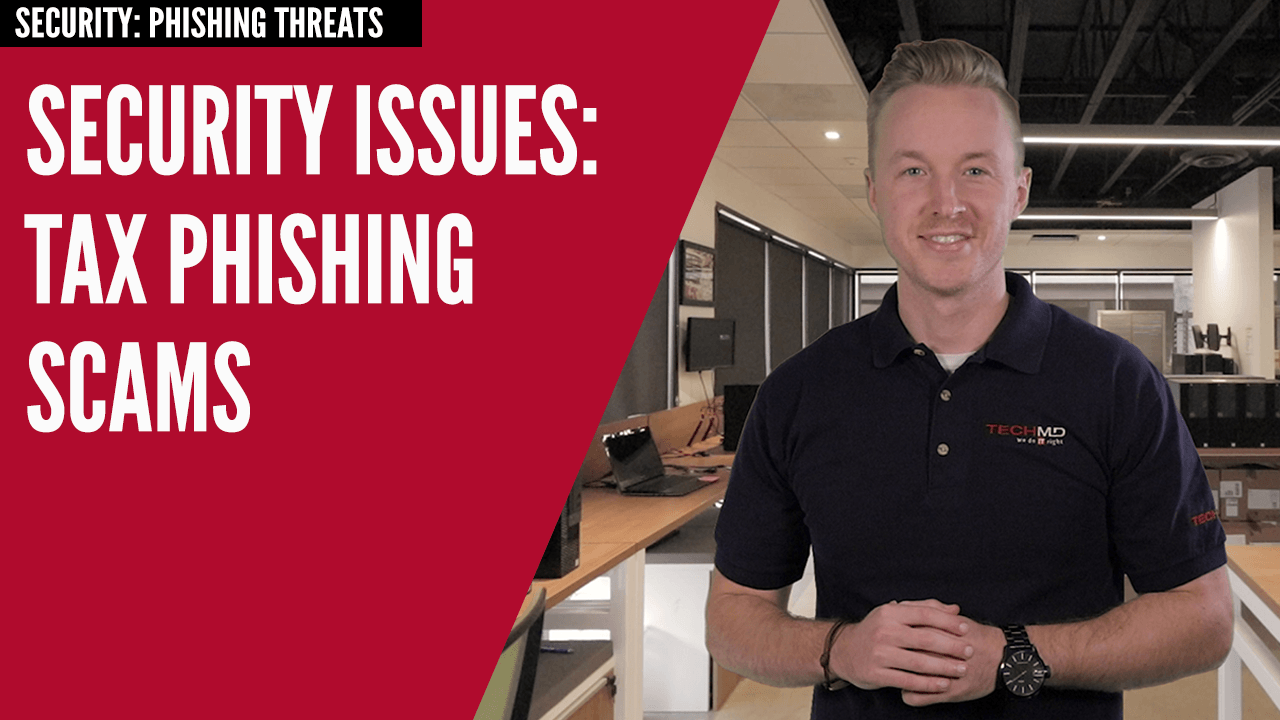Tax season is here, and with it comes a wide variety of phishing scams from cybercriminals. So in this One-Minute Wednesday, we’ll walk you through some common tactics they use and how you can remain safe.
Common Tax Phishing Scams
One common method is posing as high-level employees such as an HR manager or the CEO. They’ll distribute emails asking for highly sensitive information, like W-2 forms. Their messages use phrases like “Hurry I need this now!” to give a sense of urgency.
Hackers will also pretend to be the IRS or banks and send messages that have stolen logos, images and email addresses to convince users to pay non-existent bills. Another common method is over the phone, especially since IRS Assistance numbers can be forged on caller ID. The victims will usually be told that they have a balance that must be paid via wire transfer or debit card. To further trick them, the hacker’s message will usually threaten local law enforcement to get involved if they refuse payment.
Staying On Guard
So, you can tell what a tax scam looks like. Now what can you do to stay safe?
Now you have some knowledge on how to file your taxes while staying safe. Thanks for watching and come back next week for more!





